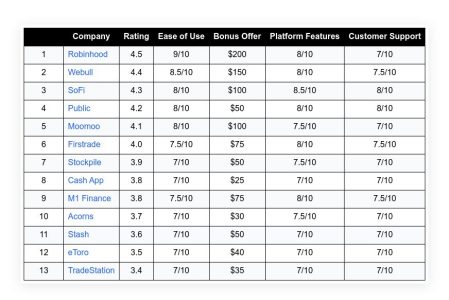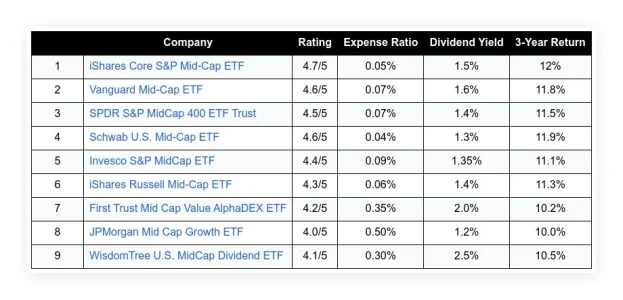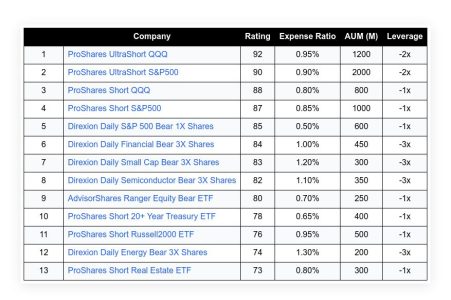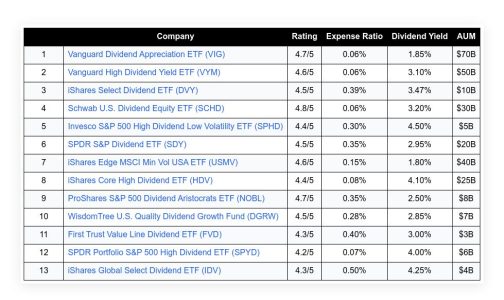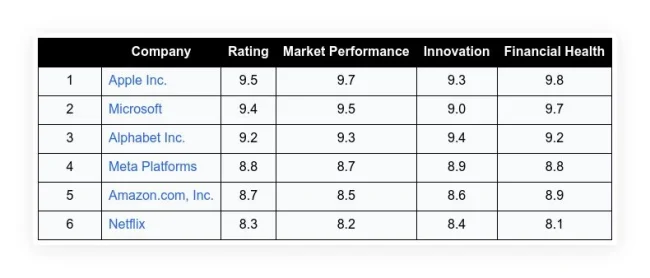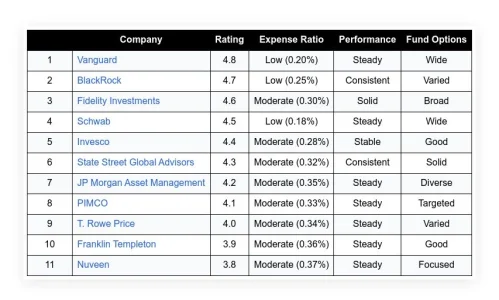Markets shifted to a risk-off stance after two bankruptcies revealed the fragility of certain parts of the credit system. I’m Taylor Sohns, CEO of LifeGoal Wealth Advisors, a CIMA and CFP. I break down what happened, why it mattered, and what to watch next. The story is simple. Easy lending met weak controls. Now the losses are showing up in places many investors did not expect.
Table of Contents
ToggleWhat Sparked the Selloff
The trigger was a pair of failures with signs of fraud and poor oversight. Both sat inside areas of credit that had been running hot. Their problems touched banks, Wall Street lenders, and investors. When these links tighten, fear spreads fast across indexes and funds.
- Tricolor Holdings: a subprime car lender that used the same loans to borrow from multiple banks.
- First Brands: an auto parts maker with heavy borrowings and a reported $2 billion gap in debt accounting.
- Regional banks fell hard. The regional bank index declined by around 6% as investors factored in higher credit risk and legal exposure.
- Major lenders and dealers were cited as exposed, including UBS, Bank of America, and Jefferies.
- The sudden shift was about confidence. Credit concerns tend to spread when controls break down.
I’ve seen this pattern in many credit cycles. A small crack appears, then the search for who else is exposed begins. Liquidity dries up. Margins rise. Risk assets pull back at the same time.
View this post on Instagram
Tricolor: One Asset, Many Loans
Tricolor’s model was to fund car loans by borrowing against the loans it made. That is a normal practice in asset-backed lending. The issue came from pledging the same car loans to more than one lender. That is like taking four mortgages on the same house with different banks and skipping the payment. When the borrower fails, who owns the house?
“It’s like taking a mortgage on the same house from four different banks, then not making your payment and having four banks show up to repossess your house.”
Reports indicate that tens of thousands of creditors believed they had a claim. That volume creates chaos. Untangling ownership of the cash flows becomes a long legal fight. In the meantime, someone must take the hit. Regional banks and warehouse lenders often occupy that position in the chain. They fund these lines expecting clean collateral and strong controls.
This case matters for three reasons. First, it illustrates how an operational failure can escalate into a credit event. Second, it questions the quality of collateral across similar lenders. Third, it raises costs for everyone in that channel. When trust breaks, funding rates jump and capacity shrinks.
First Brands: Heavy Debt and Missing Pieces
First Brands is an auto parts maker that took on large borrowings. The headline issue is that $2 billion of debt was reportedly not properly accounted for. That is a large hole for any company. Investors and lenders assume debt totals are accurate to the dollar. When they are not, models fail, and the gap between bonds widens.
Major banks were reportedly exposed. That sparks two waves of concern. The first is direct loss from loans and fees. The second is broader. If large institutions missed the warning signs here, where else might gaps exist?
The company’s sector also matters. Auto parts live in a cyclical stream tied to production, maintenance, and consumer spending. Profits can fluctuate when interest rates are high and sales are slow. Heavy debt amplifies those swings. Creditors feel it quickly.
Why This Reached So Far, So Fast
It was not just two companies. It was the message inside them. We have had a long stretch of easy money. Loose lending standards tend to show up late in cycles. Weak covenants, aggressive collateral practices, and quick growth can hide risk. When rates rise, the tide recedes, and the weak swimmers stand out.
Here is the chain I watch in events like this:
- Originators extend credit with lighter checks to maintain high volume.
- Loans are pledged, packaged, and sold across banks, funds, and structured products.
- Pension funds and everyday investors own slices through ETFs, mutual funds, and CLOs.
- One failure triggers margin hikes and tighter terms for similar borrowers.
- Forced sellers emerge. Prices drop not just on bad assets, but on anything nearby.
That is how two cases can affect many portfolios simultaneously. It is not only about direct exposure. It is about higher funding costs and lower appetite for risk across the board.
“Two Cockroaches” and the Fear of More
“When you see two cockroaches, there’s usually more.”
Jamie Dimon’s line fits the market’s reaction. Investors fear that the visible failures are not alone. That fear is rational when controls lapse. If one lender double-pledged assets, did others cut corners too? If one borrower miscounts debt, are the other balance sheets as clean as they look?
In times like this, investors shoot first and ask questions later. That is why regional banks took a sharp hit. They are connected to small and mid-size borrowers across the country. They fund car loans, equipment finance, real estate projects, and local businesses. If credit loss assumptions rise, their earnings and capital plans come into question.
How Loose Lending Shows Up in Portfolios
I see the ripple effects across several areas:
Subprime auto loans: These rely on collateral that quickly depreciates. When collection slips, recovery values can disappoint. If originators stretch, loss rates climb.
Leveraged loans and high-yield bonds: Years of easy money led to weaker covenants. Lenders accepted more risk for yield. That works until cash flow tightens and refinancing windows narrow.
Private credit: Growth has been rapid. Many managers are disciplined, but reporting can vary. Valuation lags can hide stress until a trigger event forces a reset.
Structured products, such as securitizations and CLOs, spread risk but do not eliminate it. They depend on reliable data and enforceable collateral. If inputs are flawed, the structure strains.
What Smart Risk Management Looks Like Now
I’m not arguing for panic. I’m arguing for discipline. The goal is to minimize hidden exposures and prioritize quality. Here is how I think about it as an advisor:
- Recheck credit exposure—map not only direct holdings but also what funds own under the hood.
- Favor cleaner balance sheets. Look for strong free cash flow and lower net debt.
- Watch bank earnings for loan-loss provisions. Rising reserves signal where pain may be building.
- Track funding costs. Spreads, credit default swaps, and commercial paper markets tell the truth faster than press releases.
- Keep liquidity. Cash gives options when markets reprice and good assets get dragged down.
- Stay diversified. Avoid concentration in one lender, sector, or structure.
For income investors, I focus on durable businesses with steady demand and clear cash flow. In fixed income, shorter duration and higher quality can make sense while the dust settles. In equities, I prefer firms with pricing power and strong balance sheets.
Signals I’m Watching
To judge if this is a blip or the start of a bigger credit reset, I monitor:
Bank stock trends: Persistent weakness in regionals often aligns with broader credit issues. Sharp rallies after bad news may hint at oversold conditions, but the trend matters more than a day’s bounce.
Loan-loss reserves: If multiple banks raise provisions simultaneously, it suggests a broader problem set. I compare reserve builds to charge-offs to see if they are getting ahead of the curve.
Funding spreads: A widening gap between safe assets and riskier loans indicates that lenders are pulling back. The more it widens, the more borrowers feel the pinch.
Short interest and downgrades: A wave of downgrades in one sector often precedes defaults. Short interest flagging specific lenders or issuers can reveal where stress is hiding.
Yield curve shape: An inverted curve pressures bank margins and makes credit scarce. A steepening, led by rising long rates, can also strain leveraged borrowers. Either path can raise default risk.
What This Means for Everyday Investors
Most people do not own a subprime lender or a parts maker directly. But they may own funds that hold their debt. They may bank with institutions that fund these loans. Their pensions may own securitized products. That is why this matters even if the names are new to you.
You do not need to fear to guide your plan. You need a clear view of risk. Check your fund exposures. Read recent holdings reports. Ask simple questions about concentration and credit quality. If something is hard to explain, that is a clue to scale it down.
Volatility can offer chances for long-term investors. High-quality names can sell off with the rest. I keep a buy list ready for those moments. But I only act when I understand the risk and the balance sheet.
Lessons From Past Credit Shocks
Every credit cycle rhymes, even if the details change. Loose lending works while money is cheap. It breaks when funding tightens and cash flows fall short. Operational failures often hide within the boom. Fraud tends to surface last.
We have seen this with mortgage lenders in the past. We have seen it with commodity traders, tech rollups, and foreign issuers. The pattern is consistent. The winners were patient, disciplined, and liquid. The losers chased yield without strong controls.
What I Expect Next
We can expect to see more audits, restatements, and tighter underwriting standards. Banks will raise terms, especially for lower-quality borrowers. Private lenders will typically require more collateral and stricter covenants. Funding costs will rise for weaker credits.
That process can be healthy. It resets the system. It rewards better operators and cleaner books. It punishes sloppy practices. The transition is bumpy, and it is reflected in stock and bond prices before it becomes apparent in headlines.
My plan is simple. Stay focused on quality. Keep dry powder. Avoid excuses dressed up as strategy. When the facts change, I adjust positioning with care and speed.
Key Takeaways
- Two failures exposed gaps in lending standards and controls, sparking a broad risk-off move.
- Tricolor’s alleged double-pledging of car loans and First Brands’ debt gap rattled confidence.
- Regional banks and major lenders were hit because these risks spread across funding lines and portfolios.
- Expect tighter credit, higher funding costs for borrowers with weaker credit, and increased scrutiny of collateral.
- Favor strong balance sheets, clear cash flows, and liquidity while the market sorts winners from losers.
I will continue to monitor the data and the tone from banks and credit markets. Fear is a poor guide, but risk awareness is a must. Quality still wins over time. That is the lesson I trust when the market flips to a risk-off stance.









